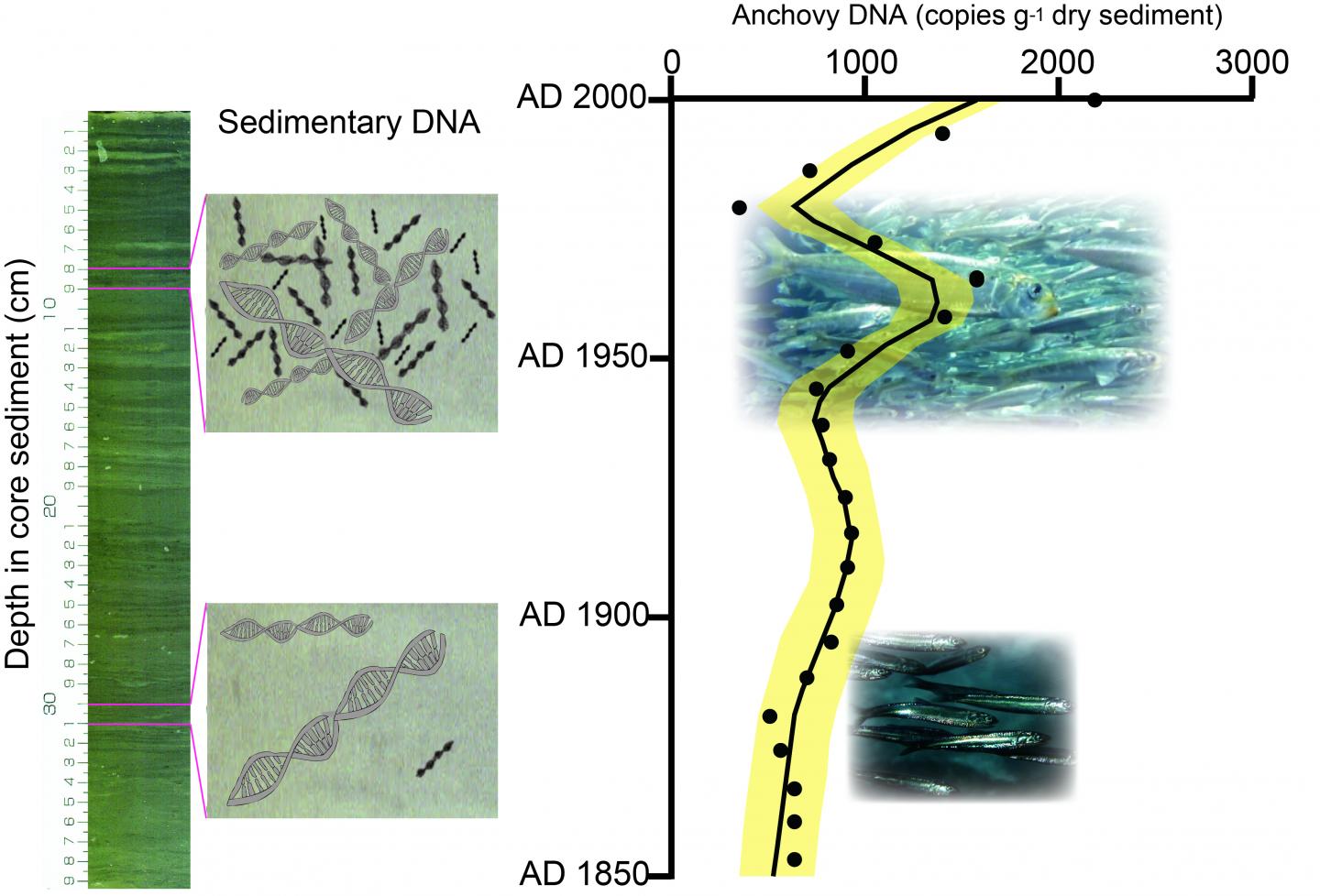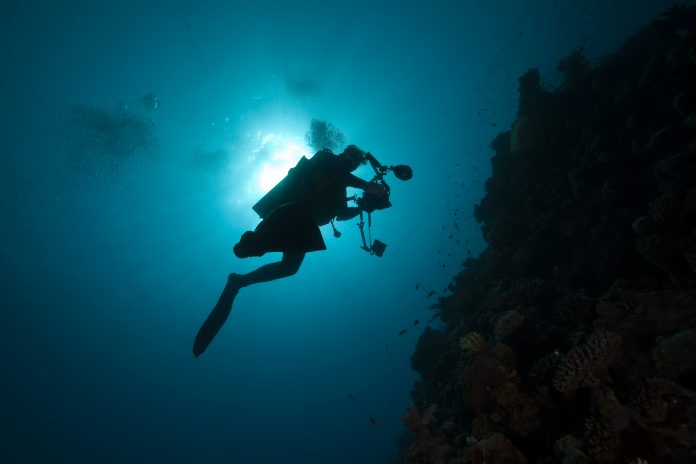Ehime University researchers used samples from Japan to test if marine fish DNA existed in the same place for the last 300 years
As policy-makers the world over debate who should fish in which region of the sea, scientists are unearthing how those fish came to exist in those seas.
Sediment core samples collected from Beppu Bay in the Seto Inland Sea, Japan, were used to quantify sedimentary DNA of three major fish species:
- Japanese anchovy;
- Japanese sardine;
- And jack mackerel.
This is done by applying quantitative Polymerase Chain Reaction (qPCR) methods. The result showed that the DNA of these fish species were detected in sediment sequences spanning the last 300 years.
Marine fish DNA tells us about climate change
Long-term variability in the ‘abundance’ of a macro-organism could provide fundamental information for evaluating its evolution, its responses to climate changes and human impact, enabling management and preservation strategies.
Biological monitoring of marine environments has provided evidence of long-term variability in the abundance of macro-organisms. However, nearly all these records go back less than a century; there are none which span centuries or more.
Aquatic bottom sediments have provided records of species abundance on longer time scales, although previous studies addressed marine fish species using fossil remains (mainly fish scales) and reconstructed abundance for only seven fish taxons. Thus, there remains a distinct lack of information on long-term changes in abundance for many marine fish species and other macro-organisms in aquatic systems.
The results of the DNA analysis
Using environmental DNA is a widely accepted approach for biological monitoring that is easy, fast and inexpensive without the need for taxonomic expertise for the physical identification of a species. However, such monitoring started only recently; the data collection interval not being less than 10 years.

In contrast, the use of sedimentary DNA is expected to instantly obtain lengthy retrospective monitoring data of abundance if the water has a sedimentary basin in which DNA is continuously deposited and stably preserved. This approach has not been used because it remains unclear whether sedimentary DNA concentrations reflect the abundance of an aquatic species.
Our findings suggest that the use of sedimentary DNA is a viable technique for tracking past changes in fish abundance, and also could be used to reconstruct the abundance of macro-organisms inhabiting water. Sedimentary DNA technology could support monitoring efforts during the 21st century as a potential tool for deciphering the long-term dynamics of macro-organisms before the monitoring started.
Essentially, this research proves that fish existed in certain places over hundreds of years, and this could be the next step toward understanding how creatures of all types survived various climate fluctuations in the past.











